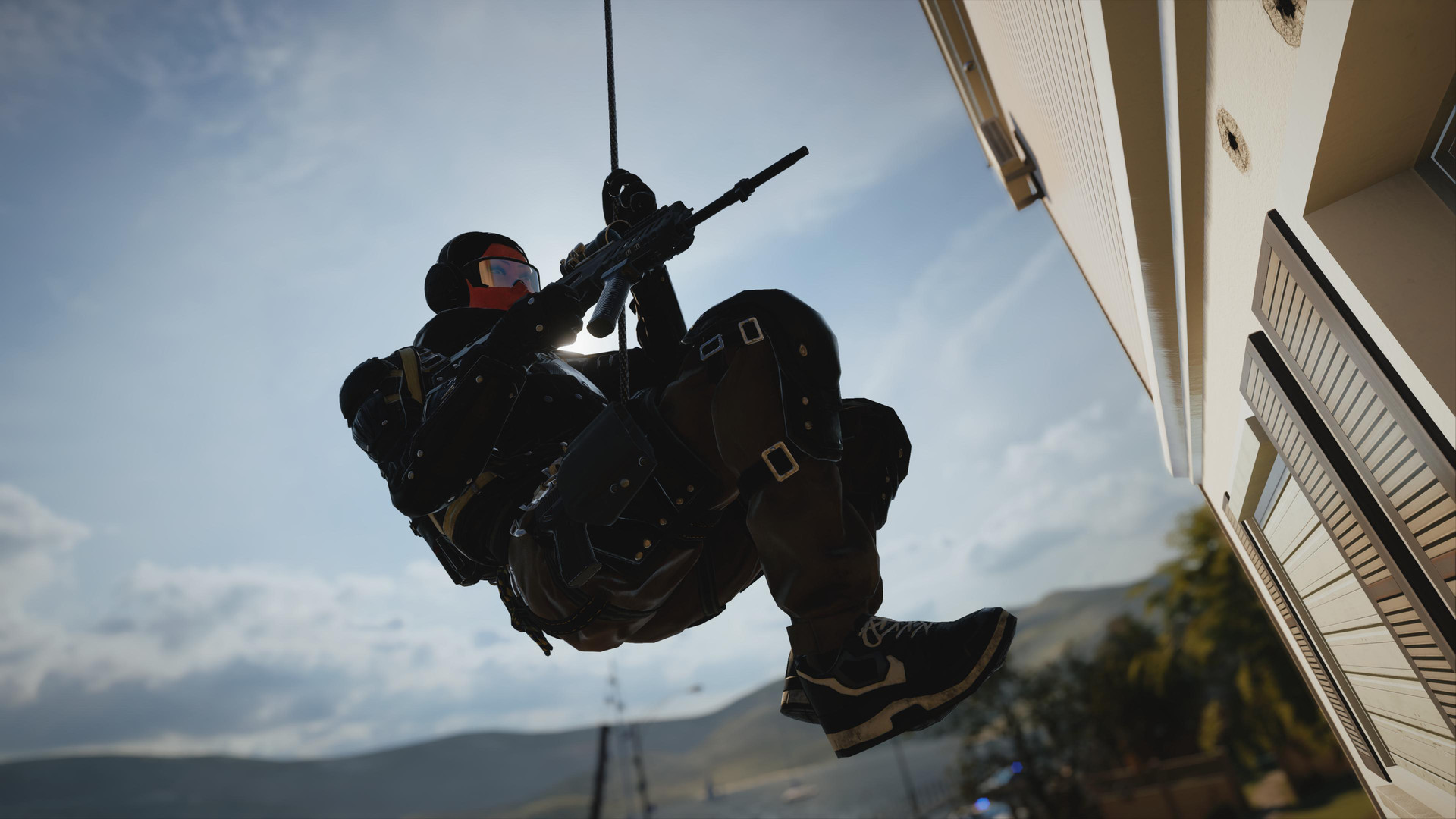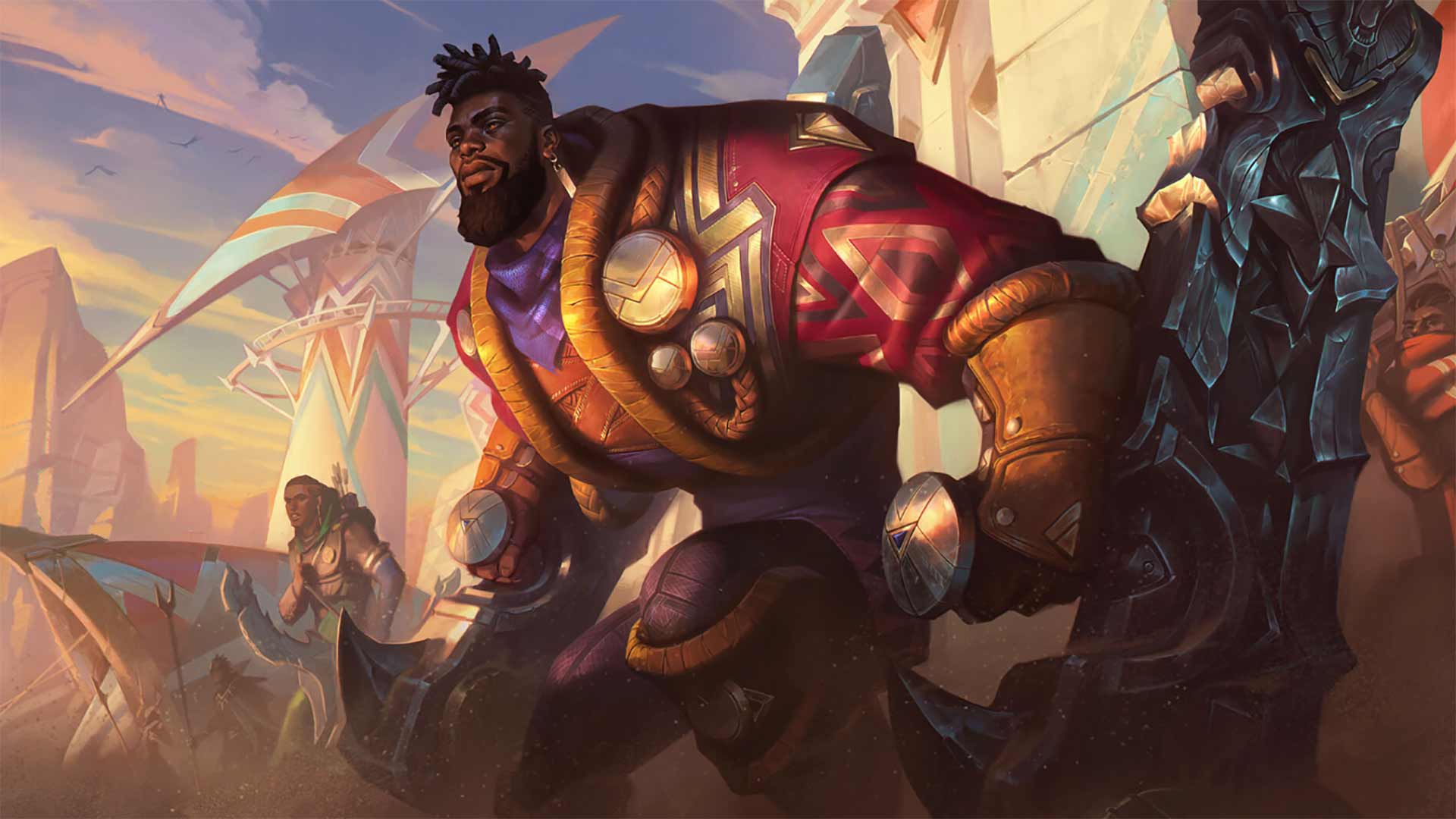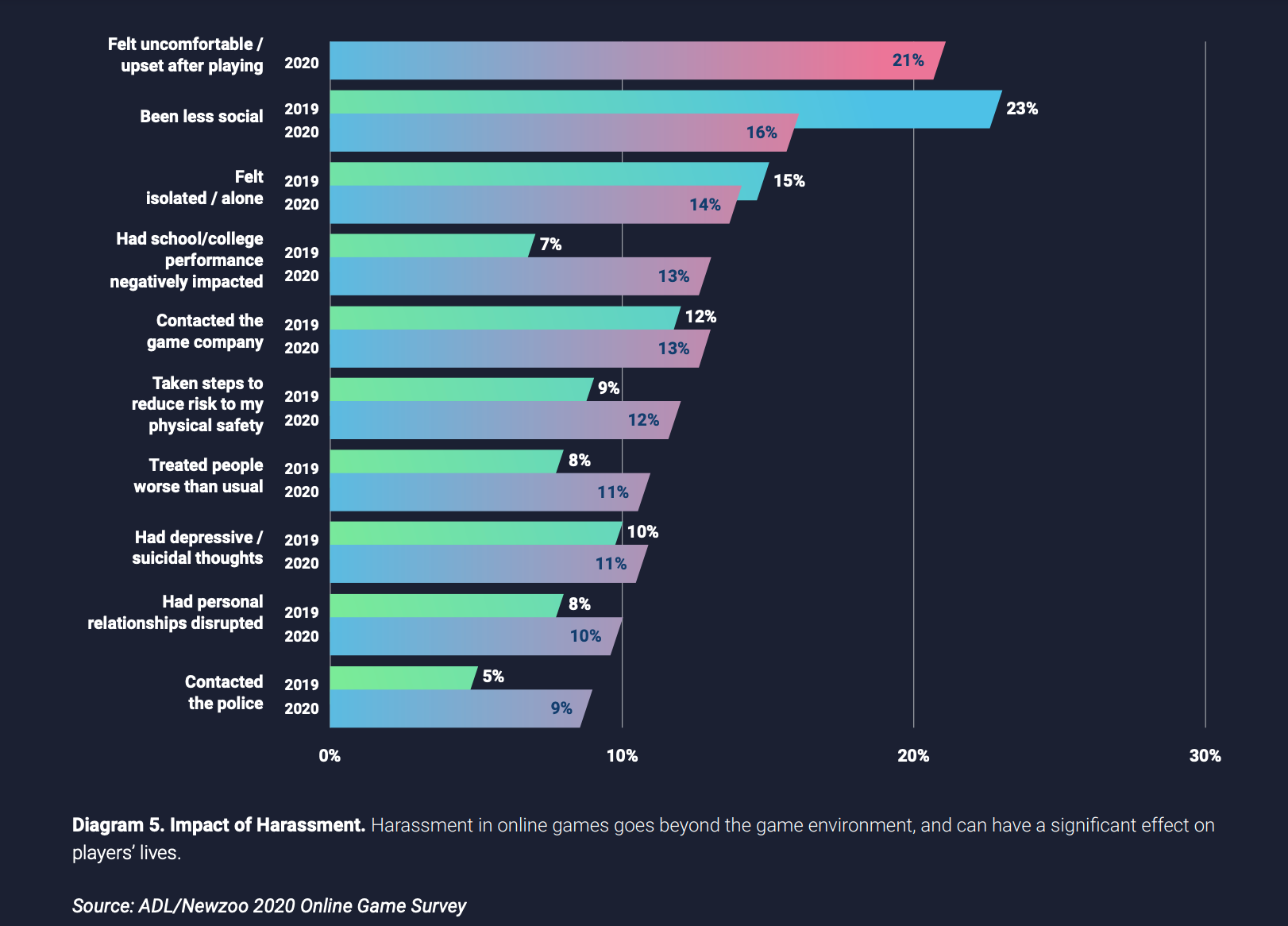I remember the day clearly.
It was 2008 and I was in eighth grade math class. Free from our overbearing teacher in a tucked-away corner of the room, my group and I began excitedly talking about video games. As someone who was both woefully bad at math and socially awkward, those gaming conversations were escapist highlights in my time at middle school. Eventually, I mentioned that I recently got a PlayStation 3 and, without missing a beat, the girl at my table asked me a pivotal question: “have you tried Uncharted?” As she raved about how fun and graphically impressive the game was, I became intrigued. “Cool,” I thought, “I guess I have a new game to try out.” But little did I know just how much it would resonate with me.
Greatness from small beginnings, indeed
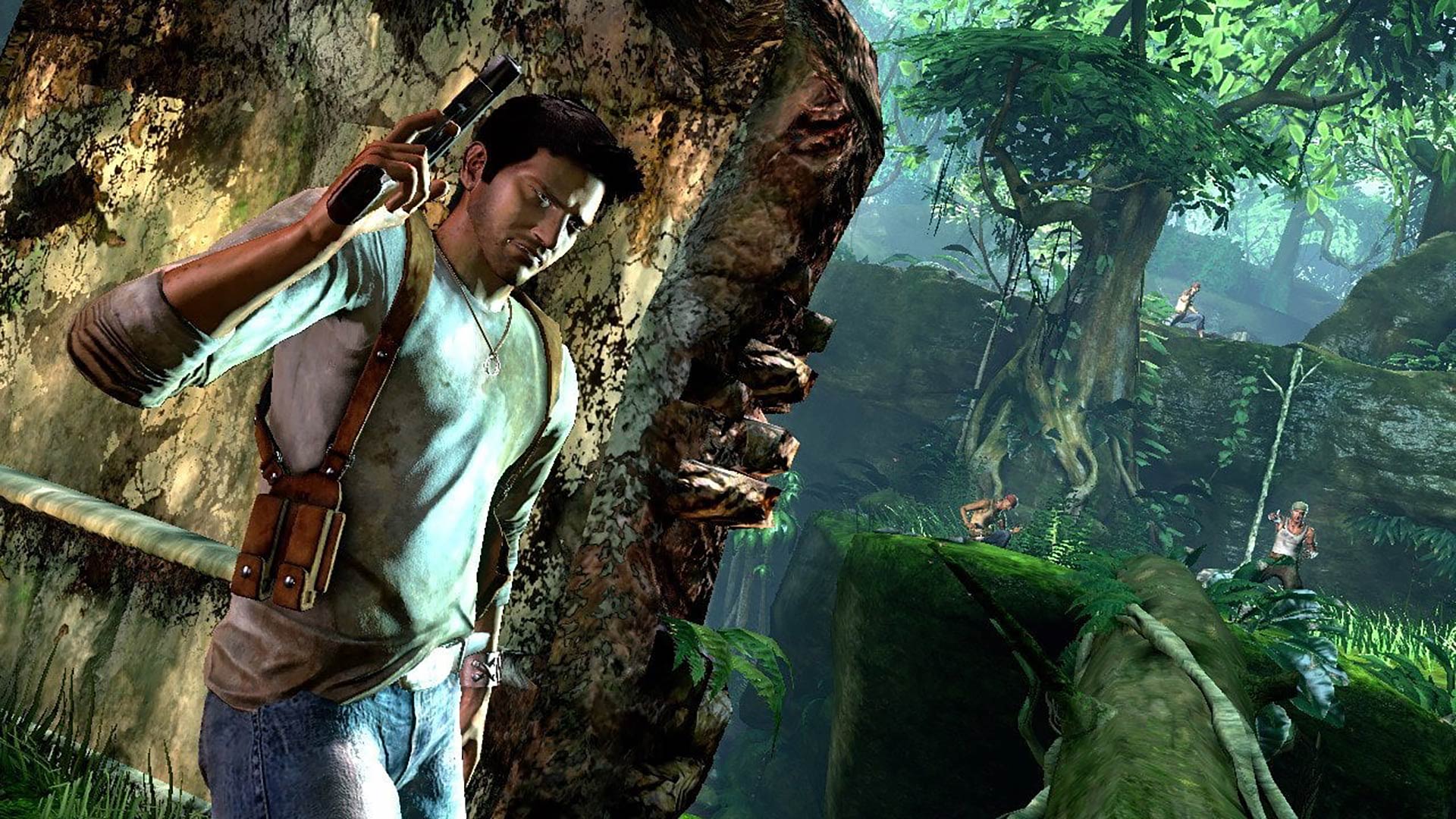
Nate might be a capable fighter, but he’s not always a confident one.
Developed by Crash Bandicoot and Jak and Daxter maker Naughty Dog, Uncharted: Drake’s Fortune debuted on the PlayStation 3 on November 19th, 2007. Fifteen years ago today — can you believe it? Man, do I have a lot of fond memories of that first game. While it certainly shows its age in several ways, particularly the shooting mechanics and level design, it also feels lovably quaint in today’s market of bloated, 100-hour long experiences. Moreover, treasure hunter Nathan Drake’s (Nolan North) quest to find the fabled El Dorado alongside journalist Elena Fisher (Emily Rose) and mentor Victor Sullivan (Richard McGonagle) is exactly the sort of pulpy fun you’d want from an adventure. Thanks to the wonderful creative vision of writer-director Amy Hennig and top-notch performances, the characters were all eminently likeable.
But beyond that, they feel human, and not just because of the beautifully photorealistic visuals. In the late 2000s, Nathan Drake was a revelation. Sure, we’d seen that kind of charmingly rogueish character many times before, particularly in the highly influential Indiana Jones series, but it felt rare for games. Beneath all that bravado lay quite the flawed character, brought to life through a magnificent, believable performance from North. Besides being a thief, Nate suffered from his own insecurities; unlike traditionally badass, hypermasculine gaming icons like Master Chief, Kratos or Marcus Fenix, Nate was rough-around-the-edges. He often stumbled and fell. He screamed whenever a grenade landed a few feet away. He let out exasperated grunts when diving into cover. He’d talk to himself to try to put any fears about his increasingly perilous situations to rest. The way he used humour to mask these insecurities felt deeply relatable, and it further connected me to the character. Even though he would still do pretty crazy things, which later games would only double down on, these little touches of characterization were nonetheless crucial. Most importantly, even 15 years later, this sort of writing, while intentionally lighthearted, still somehow feels natural, unlike, say, the flippant Joss Whedon-esque dialogue we’ve seen in modern media.
All in all, Drake’s Fortune felt like a significant next step forward for storytelling in video games, and it got me even more interested in the potential of the medium.
Nate’s adventures inspiring my own
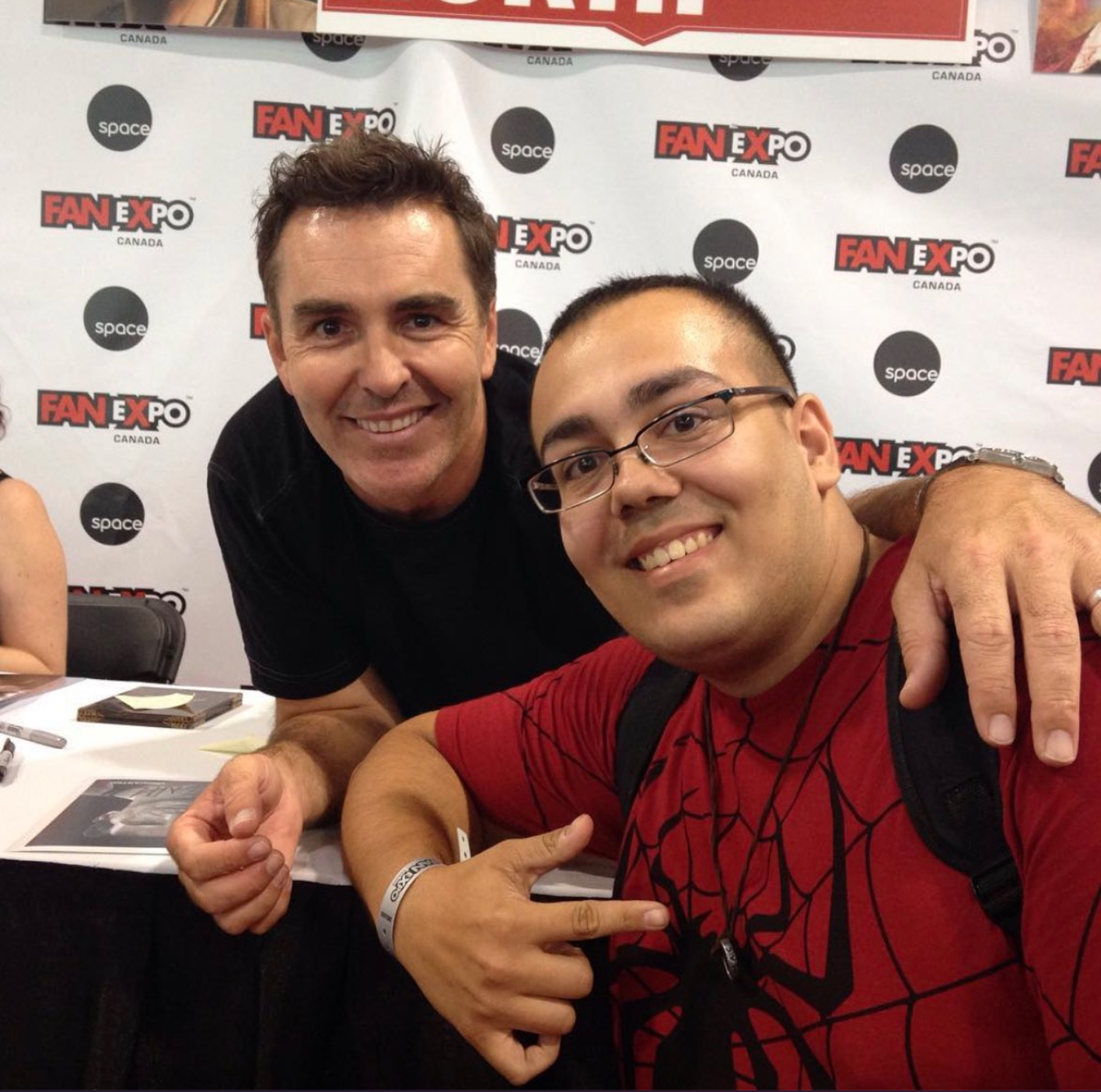
Me with North at Fan Expo Canada 2015. (If you can’t tell, I’m wearing Nate’s ring.)
But if Drake’s Fortune gave me a taste of what modern gaming could be, its 2009 sequel was the delicious main course. Indeed, Uncharted 2: Among Thieves was, in every conceivable way, a vast improvement upon its predecessor — a remarkable achievement across the board and, to this day, the greatest gaming sequel ever made. The core shooting and melee was tightly improved, level design was greatly expanded to refreshingly afford verticality and stealth options, the globe-trotting plot was more engaging, the cast of characters grew to include more interesting and morally grey figures, and the setpieces, punctuated with Greg Edmonson’s fantastic, eclectic score, were thrilling and immaculately designed. Best of all, Nate himself was taken to another level, thrust into the shadier world of the titular thieves while caught up in a lovable love triangle between Elena and newcomer Chloe Frazer (Claudia Black). The ability to play through a Hollywood blockbuster — several, even, given the perfectly paced 10-ish-hour campaign — is a level of cinematic that games had only dreamed of at the time.
Had Uncharted 2 only featured that masterful campaign, it would still be one of my all-time favourite games. But Naughty Dog also included multiplayer, which was truly a game-changer. The criminally underrated online suite offered a compelling Halo-esque arena shooter setup that emphasized multi-level environments and the ability to fight from any position, including from ledges. It was exhilarating to clamber up to a camper’s perch, pull them off to their doom and then, while hanging, pepper an adjacent enemy with my pistol. In this day and age of battle passes and grind-heavy live services, or even just games that emphasize complex loadouts, Uncharted 2‘s multiplayer is especially beautiful in its simplicity. Factor in additional modes like Plunder (an entertaining riff on capture the flag) and tough-as-nails co-op missions set in sections of the single-player campaign and Naughty Dog had a real gem on its hands. (The addition of multiplayer skins from fellow PlayStation franchises like inFamous and Killzone was also rad.)
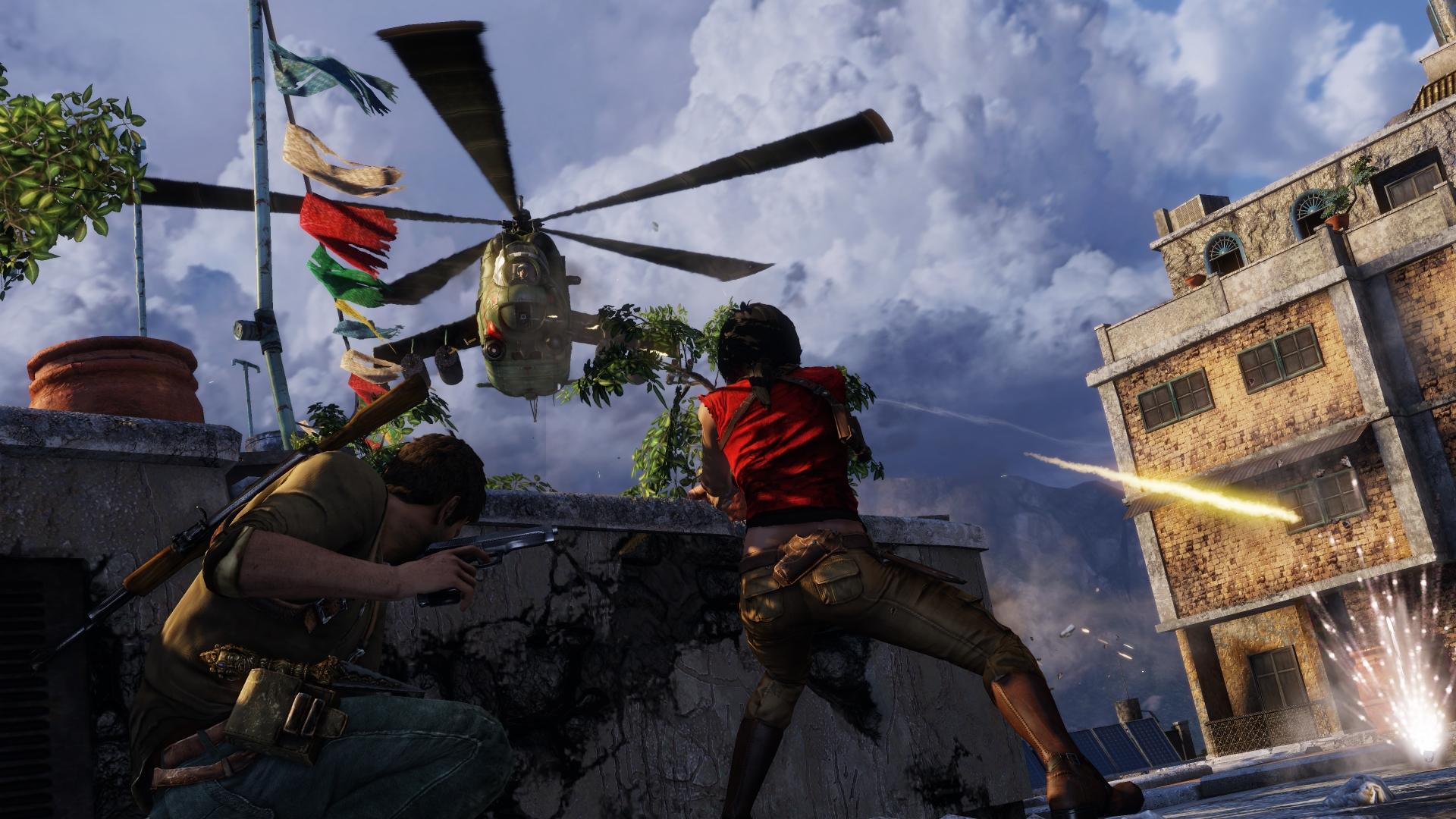
The setpieces in Uncharted 2 were leaps and abounds above anything in the first game.
But above all else, Uncharted 2 proved a really big social experience for me. While I have fond memories playing Halo with cousins while in Florida, those visits were infrequent and we never played outside of that. Other multiplayer experiences, like Smash Bros., were also pretty much only local for me. Uncharted 2, though, marked my first real online game. As someone who was inherently introverted, the idea of getting to interact from people within the comfort and safety of my own home was divine. And boy, did I ever. So many hours in high school were spent playing Uncharted 2 both alone and with one of my best friends, Daniel. Even though the game didn’t support local co-op, we had such a time passing around the control and revelling in each other’s online successes and failures. Hell, when I stayed over at Daniel’s house, his mum even had to come down in the middle of the night to stop us from playing. I didn’t have a lot of friends in high school, so getting to bond more with one of my closest pals was quite meaningful.
Pretty much everything I’ve said so far also extends to 2011’s Uncharted 3: Drake’s Deception. Although some half-baked story threads and pacing issues make its campaign a bit of a step down overall from its predecessor, it certainly upped the ante with even more delightfully insane setpieces and a tantalizing look at Nate’s background and relationship with Sully, a fan-favourite character who was sadly underused in the second game. From the early London bar fight and flashback museum chase to fleeing a capsizing boat and hanging from a falling plane, Drake’s Deception is full of unforgettable moments.
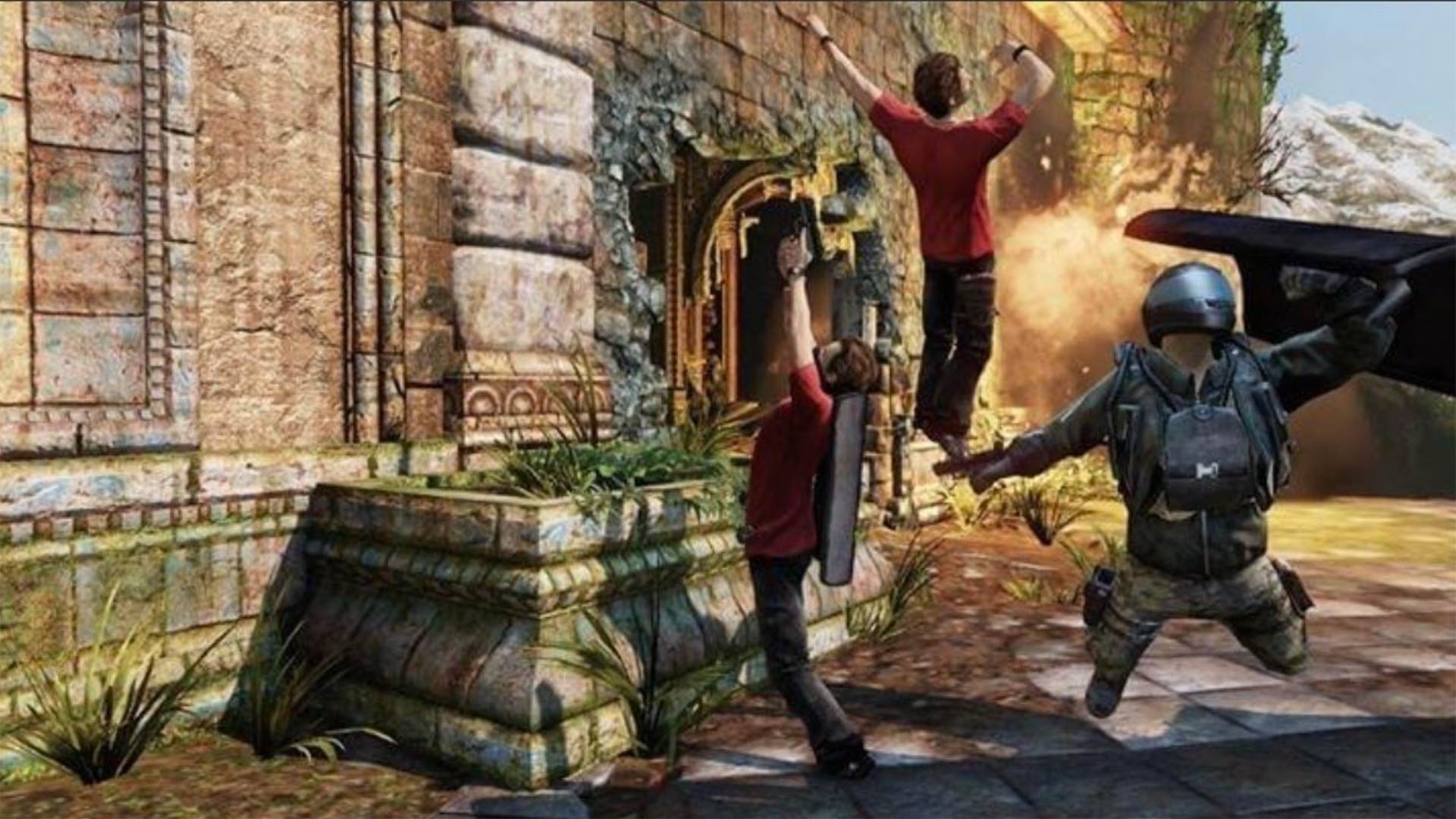
My friends and I got up to all kinds of hijinks in Uncharted 3 multiplayer. (Seen here: one of us accidentally dropping a ‘Mega Bomb’ Kickback that hilariously killed our entire team.)
Again, though, it was that multiplayer that really got its hooks into me. Looking back, it was definitely busted in a lot of ways. The focus on Call of Duty-esque loadouts led to a lot of imbalance, and the “Kickbacks” — powerful abilities like being able to spawn an RPG or go invisible — often only added to that. But the hell if I cared — Uncharted 3 multiplayer was a blast from day one! After having my mum drive me around the Greater Toronto Area to track down early access beta codes at Subway (remember that strange partnership?), I was hooked. The maps were larger and more varied, the addition of a ‘Buddy system’ was a novel way to encourage and reward cooperation and the steady updates (including neat experimental game types) made me more than happy to keep coming back.
Best of all, I came across a lot of great people through Uncharted 3. I had historically only played games locally, so it was mind-blowing to think that you could make friends without meeting them. But now, being just a bit more confident in online interactions following Uncharted 2, I found myself reaching out more. I fondly remember playing on the Sanctuary map and getting killed by someone with a PSN ID that was a reference to Final Fantasy, my all-time favourite series. Admiring both his skill and good taste in games, I sent him a DM, and before you know it, we shared our real names and started talking regularly on Facebook. We still talk regularly to this day, despite him being in England, and he’s even promoted my work on MobileSyrup and donated to my Extra Life charity streams. Through him, I met another cool person, Scarlett, a fellow Canadian and gaming enthusiast. Despite our different time zones, the three of us thankfully managed to coordinate some play sessions, and they were a blast. Through them, I was introduced to other Uncharted fans on Facebook, which only further helped me come out of my shell. This, in turn, encouraged me to play other games online, and I even made a good friend in the U.S. through Dissidia 012 Final Fantasy.
Nate grew up, and so did I
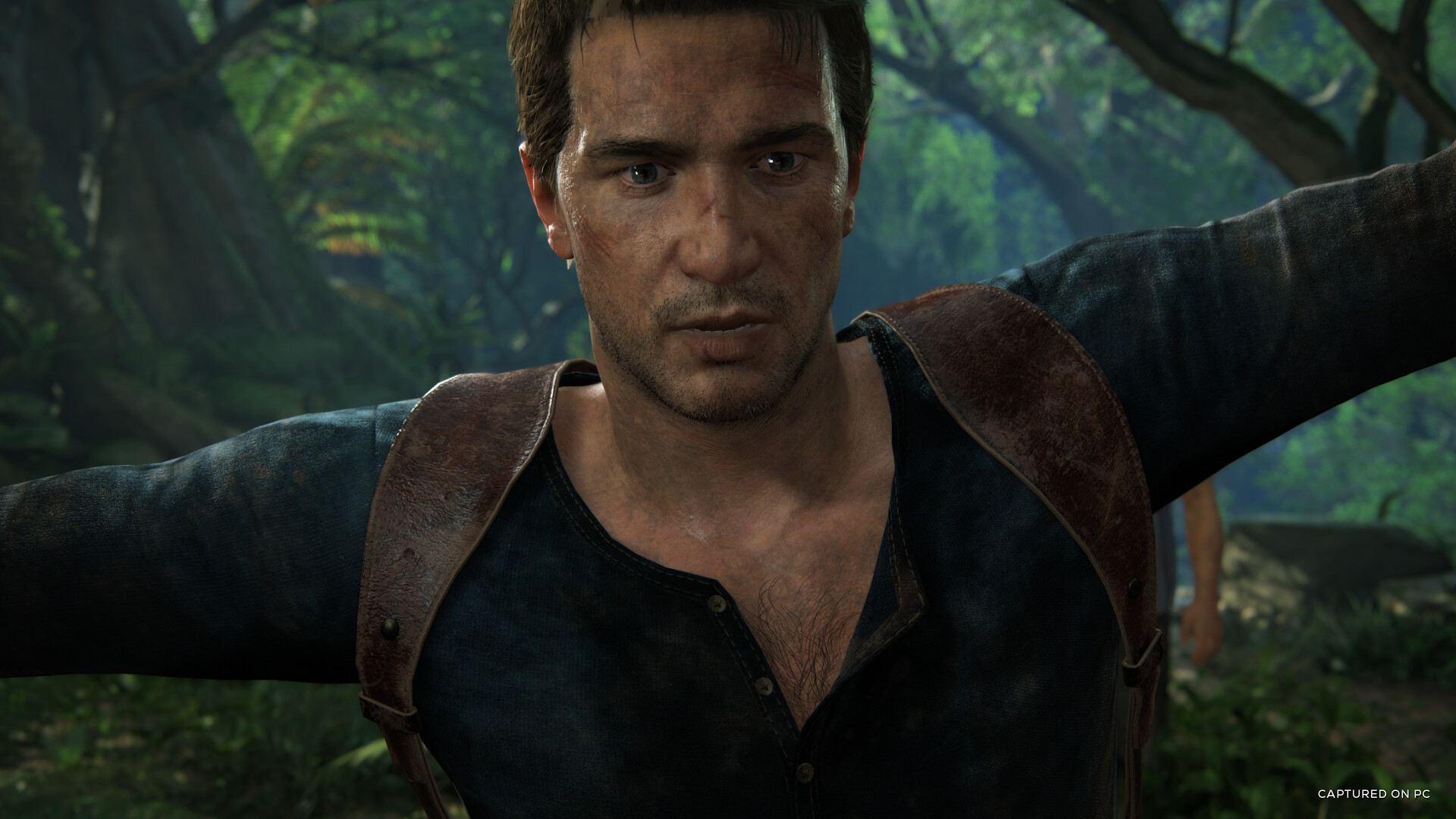
The recently released PC version of Uncharted 4: A Thief’s End.
Then there’s 2016’s Uncharted 4: A Thief’s End, many people’s favourite Uncharted. That said, I’ll confess that I still prefer Among Thieves and Drake’s Deception; A Thief’s End‘s bloated runtime, pared down melee combat, comparatively fewer setpieces and somewhat grating character of Sam, Nate’s brother, drag down its otherwise exceptional campaign. I also found the multiplayer, which focused on earning money from kills to buy tedious AI-controlled “Sidekicks” to help you, a step down from the previous games. Still, it’s a great game overall, made even more impressive when you consider that Hennig left the project early on and the version we got, led by The Last of Us‘ Neil Druckmann and Bruce Straley, was effectively made in just over two years (If only they didn’t have to crunch on it, though).
And while I didn’t stick with the multiplayer much, it’s A Thief’s End‘s narrative that I still think of often. Druckmann and Straley were candid about wanting to tell “a meaningful human story with complex relationships, complex characters” within Uncharted‘s traditionally lighthearted framework, and boy, did they ever. In fact, the pair did a masterful job in balancing the warmth and levity of Hennig’s work with the more mature and nuanced storytelling of The Last of Us, which was itself partly inspired by Uncharted 2. While Nate had gotten just a bit deeper in every prior Uncharted, it was A Thief’s End that truly made him three-dimensional. His sense of humour remained, but this obsession with adventure — an addiction that leads him to be rather shitty to Elena — felt all too real. The simple, quiet moments in Nate’s domestic life, like reminiscing on old adventures in his attic and even using a toy gun to shoot targets in a dorky-yet-understandable display of his longing for more, truly elevated the character. (Even if, unfortunately, the whole “ludonarrative dissonance debate — the criticism that Nate is sort of a murdering psychopath in gameplay — would still remain.) This deeper characterization led some genuinely heartwrenching scenes between Nate and Elena, where the latter becomes, rather justifiably, distraught over his constant lies and dangerous habits, even as he pathetically tries to explain them away.
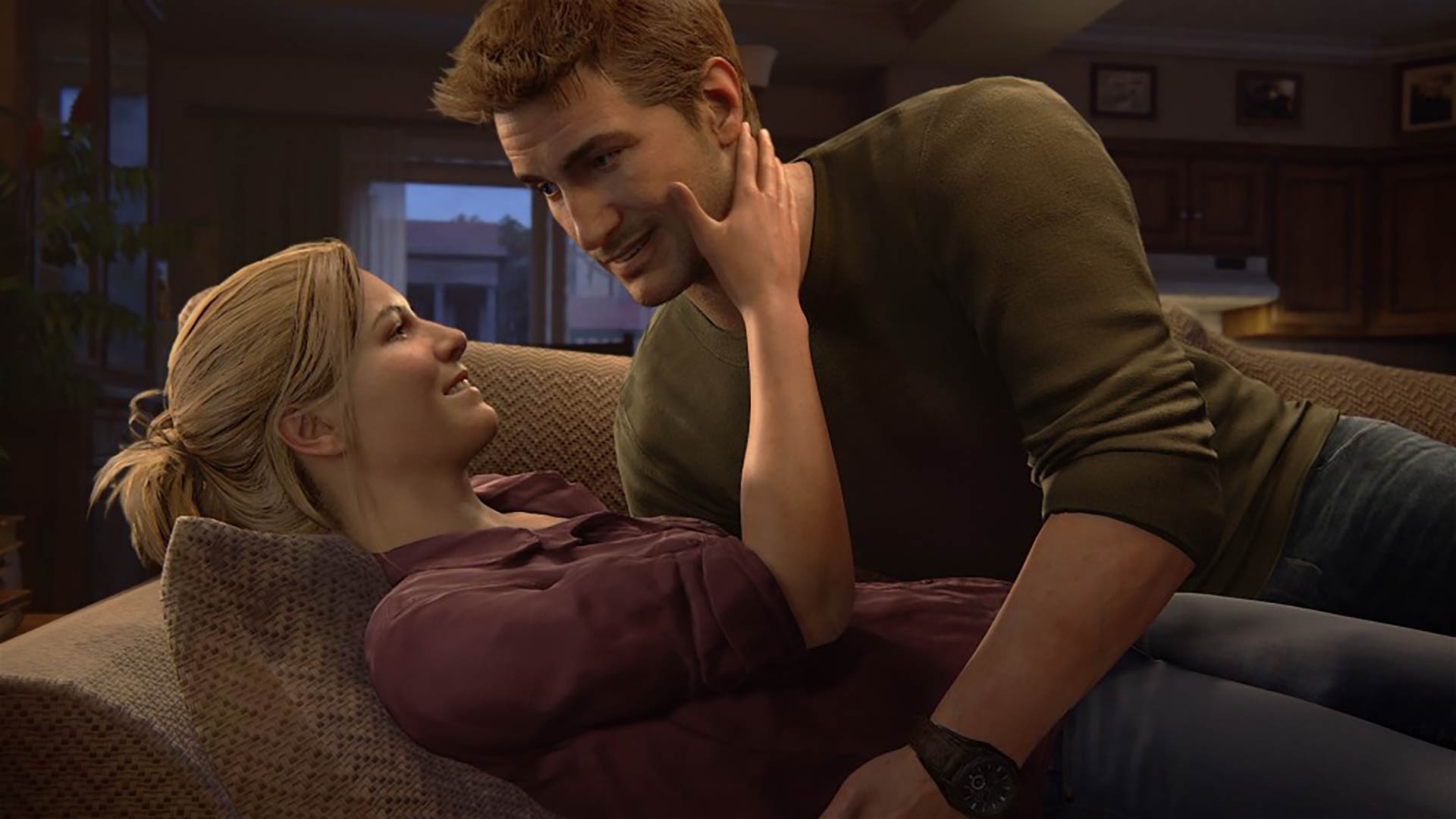
Nate and Elena are better than ever in Uncharted 4.
*Note: Spoilers below for the ending of Uncharted 4*
Best of all, Druckmann and Straley were deliberately misleading in the decidedly somber marketing, making you think that Nate or even supporting characters like Sully or Sam were very likely to die. But instead, they gave us a beautifully heartwarming ending for Nate. In a great cap to his character arc, our hero walks away from his self-destructive path to be with Elena and, in fitting married life fashion, actually compromises — in this case, by them both going on safer, more legal adventures as salvagers. Beyond that, Nate and Elena properly settle with a daughter, Cassie (Kaitlin Dever), who proves to be an endearing “best-of-both-worlds” mixture of her parents. This culminates in an utterly sweet ending in which Nate and Cassie fondly recount their past adventures — those that we, the players, went on in the previous games — while the final shot, set to a more tender version of Edmonson’s stirring “Nate’s Theme,” rests on an image of younger Nate and Sam from A Thief’s End and Nate, Elena and Sully from Drake’s Fortune. It’s a beautiful conclusion that brings me to tears every time.
In many ways, A Thief’s End has deeper resonance because it reflects how the Uncharted series grew up with me. Playing Nathan Drake’s last adventure in 2016, when I was in completely new territory — juggling university, part-time work and dating — hit different. Nate was older, more grown-up, and so was I. He was screwing up, just like me. In a sense, it felt like catching up with an old friend, with all of the emotions that brings. Then, one year later, we got The Lost Legacy, which offered new horizons for the series via different lead characters, Chloe and A Thief’s End‘s Nadine Ross (Laura Bailey). This, too, paralleled my own new path — landing my current full-time job at MobileSyrup. What’s more, I actually got to interview Naughty Dog about The Lost Legacy, which was a surreal opportunity for the dorky kid who grew up playing Crash Bandicoot.
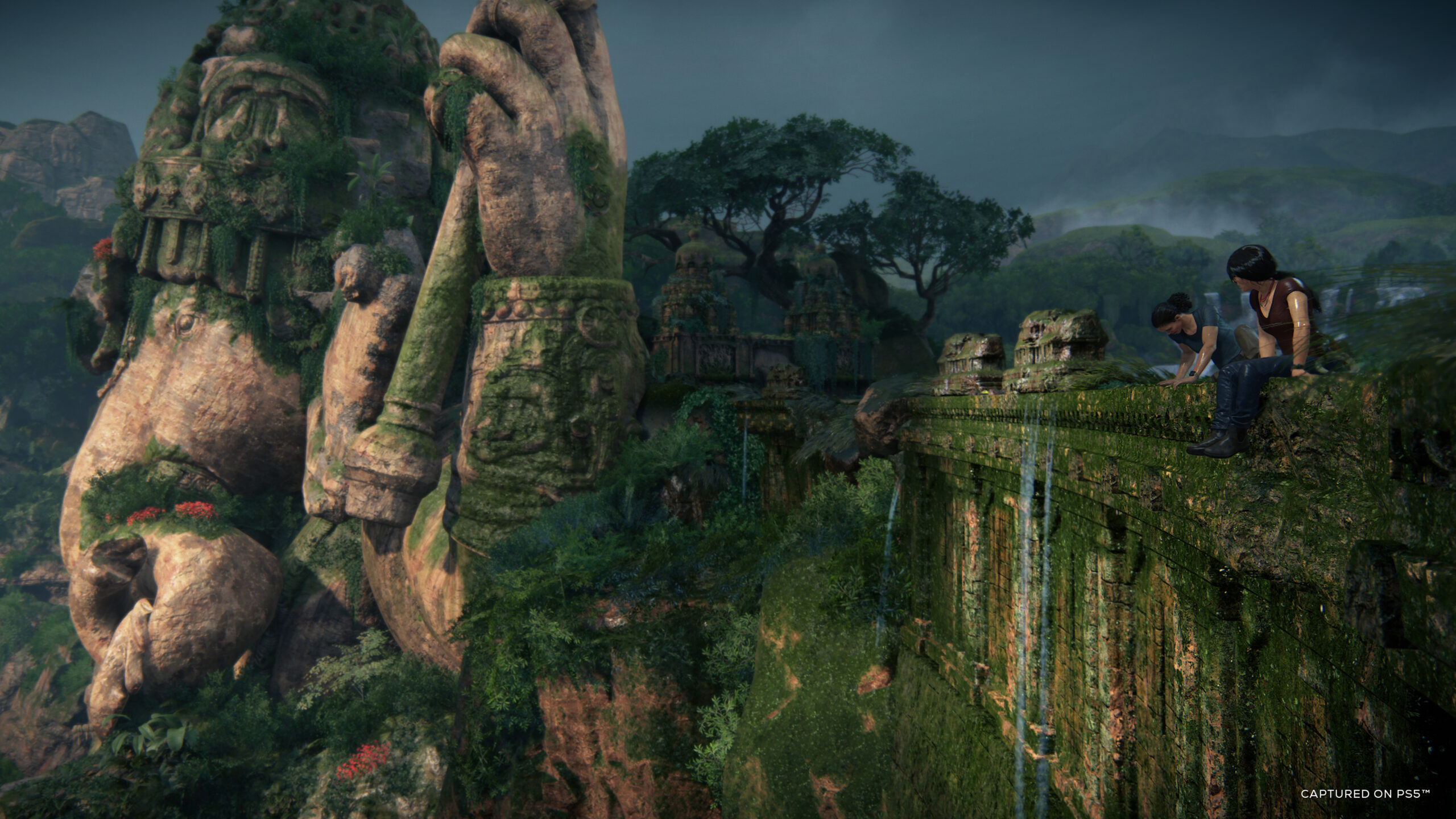
Chloe and Nadine proved that Uncharted can thrive without Nate.
At this rate, it’s unclear what lies in store for Uncharted. The highly successful franchise is clearly important to Sony, especially as it just launched a movie adaptation with Spider-Man‘s Tom Holland, but we don’t actually know anything else beyond a planned sequel to that. Rumours have also suggested another studio, possibly MLB The Show developer Sony San Diego, may be working on a new Uncharted with the assistance of Naughty Dog. Given how well The Lost Legacy served as proof-of-concept for a Nate-less Uncharted, it’s easy to see another character (Cassie? Sam? Sully? Someone new entirely?) being given their own game.
But whatever happens with Uncharted, I’m just grateful for the ride. The franchise has been around for more than half my life, and it’s been a constant source of joy and connection during that time. Further, I may very well have not even pursued a career in journalism — fuelled by a desire to one day do something writing-related with games — had I not been inspired by the likes of Uncharted. Happy 15th anniversary to this marvelous series, and thanks for the memories, Naughty Dog.
Image credit: PlayStation


















